What is a High-performance 4G 5G Car Antenna Vehicle Antenna?
The external antenna 4G 5G Car Antenna CTRF-ANTENNA-EX-7059-16883-SMA-3M comes with an omnidirectional dipole antenna design, extra-wide band 698-5900MHz, which is covering Lora, ISM, GSM, GPRS, PCS, UMTS, CBRS, LTE, 2G/3G/4G/5G NR/6G cellular antenna manufactured by C&T RF Antennas Inc offering high-performance communications for vehicles.
The High-performance 4G 5G Car Antenna Vehicle Antenna has a standard SMA connector, low-loss coaxial cable RG 174, a 3meters antenna cable extension, a 168x83x35x49mm waterproof antenna radome, a heavy-duty magnetic mount base, 10/12dBi high-gain, high-performance for vehicle industries.
The High-performance 4G 5G Car Antenna Vehicle Antenna is manufactured by C&T RF Antennas Inc, this style also has the 4G antenna, and 5G MIMO antenna for your choice.
C&T RF Antennas Inc provides different antenna types such as Through-hole Mount Antennas, Magnetic Mount Antennas, Rubber Duck Antennas, Fiberglass Antennas, PCB Antennas, FPC Antennas, Spring Coil Antennas, Sector Antennas, Yagi antennas, etc.
C&T RF Antennas Inc provides the internal-external antenna with many radio frequency bands such as Cellular, 6G, 5G, 4G, 3G, NB-IoT, GNSS, GPS, Dual-band Wifi, 5.8 GHz, 2.4 GHz, 169MHz, 230MHz, 315MHz, 433MHz, 868MHz, 915MHz LoRa, UWB, RFID, ADS-B, etc.
C&T RF Antennas Inc provides single-band, dual-band, and multi-band antennas such as 3in1 combination antennas 4G/GPS/Wifi antennas, 2in1 4G/GPS antennas, GSM/GPS antennas, 4G/Wifi antennas, GPS/Wifi antennas, etc. for Wi-Fi And Bluetooth, GPS And GNSS, LoRa And ISM, IoT, And M2M applications.
Contact us for more information on the High-performance 4G 5G Car Antenna Vehicle Antenna details such as High-performance 4G 5G Car Antenna Vehicle Antenna datasheet, High-performance 4G 5G Car Antenna Vehicle Antenna pricing, and High-performance 4G 5G Car Antenna Vehicle Antenna inventory.
High-performance 4G 5G Car Antenna Vehicle Antenna Specifications
High-performance 4G 5G Car Antenna Vehicle Antenna Electrical Specifications | |
| RF Antenna Type | MIMO Antenna |
| Model | CTRF-ANTENNA-EX-7059-16883-SMA-3M |
| Frequency | 698-5900MHz |
| Gain | 10/12dBi |
| VSWR | ≤3.0 |
| Impedance | 50 Ω |
| Polarization | Vertical |
| Cable Type | RG174 |
| Connector | SMA |
| Cable Length | 3Meters |
| Max Power | 50W |
| Lightning Protection | DC-Ground |
High-performance 4G 5G Car Antenna Vehicle Antenna Mechanical Specifications | |
| Dimension | 168x83x35x49mm |
| Weight | Approx. 100g |
| RadomeMaterial | Plastic ABS |
| Operation Temperature | -40˚C~+85˚C |
| Storage Temperature | -40˚C~+80˚C |
| Finished Antenna Color | Black/White |
| Antenna Design | Indoor-Outdoor |
| Mounting | Screw |
| SafetyEmission and other | RoHS Compliant |
| Applications | ISM/SCADA/Utilities/IoT/NB-IoT/LoRa/2G/3G/GSM/GPRS/PCS/4G/LTE/5GNR/6G |
5G future wireless network
The future wireless network will deploy a variety of wireless nodes more than 10 times the existing sites, and the distance between sites will be kept within 10 m in the coverage area of macro stations, and support the service of 25,000 users per 1 km2.
It is also possible to have a 1:1 ratio between the number of active users and the number of sites, i.e., users correspond to service nodes.
The dense deployment of the network brings the distance between terminals and nodes closer, resulting in a significant increase in the power and spectral efficiency of the network, as well as an expansion of the network coverage, system capacity, and flexibility of services across different access technologies and coverage levels.
Although the ultra-dense heterogeneous network architecture has great promise in 5G, the reduced distance between nodes and the increasingly dense network deployment will make the network topology more complex and thus prone to incompatibility with existing mobile communication systems.
In 5G mobile networks, interference is an issue that must be addressed. Interference in the network mainly includes co-channel interference, interference from shared spectrum resources, and interference between different coverage levels.
The interference coordination algorithm of existing communication systems can only solve the problem of individual interference sources, while in 5G networks, the transmission loss of neighboring nodes generally does not differ much, which will lead to multiple interference sources with similar strength and further deteriorate the network performance, making it difficult to cope with the existing coordination algorithm.
In addition, due to the great variability in service and user requirements for QoS, 5G networks require a number of measures to ensure system performance, mainly: the implementation of different services in the network, coordination schemes between various nodes, network selection, and energy-efficient configuration methods.
Accurate and efficient sensing of neighboring nodes is a prerequisite for achieving large-scale node collaboration. In ultra-dense networks, dense deployments increase the number of cell boundaries dramatically, which, together with irregular shapes, leads to frequent and complex switching.
In order to meet the mobility requirements, new switching algorithms are inevitable; in addition, network dynamic deployment techniques are also the focus of research.
As a large number of nodes deployed by users are turned on and off with suddenness and randomness, the network topology and interference have a wide range of dynamic changes; and the small number of service users in each small station can easily lead to dramatic dynamic changes in the spatial and temporal distribution of services.
High-performance 4G 5G Car Antenna Vehicle Antenna Features
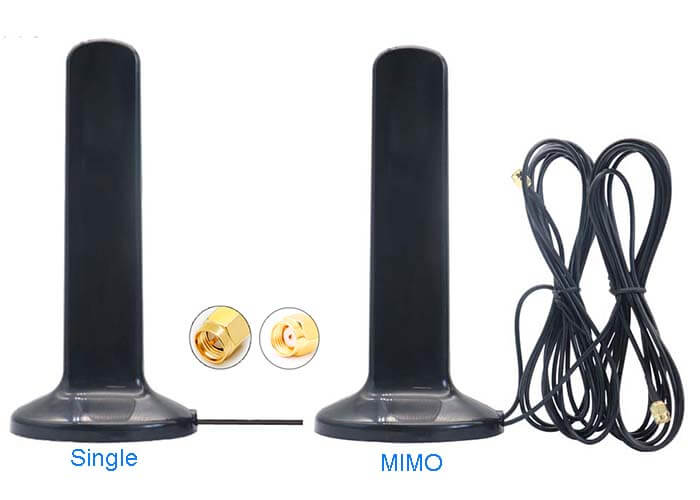
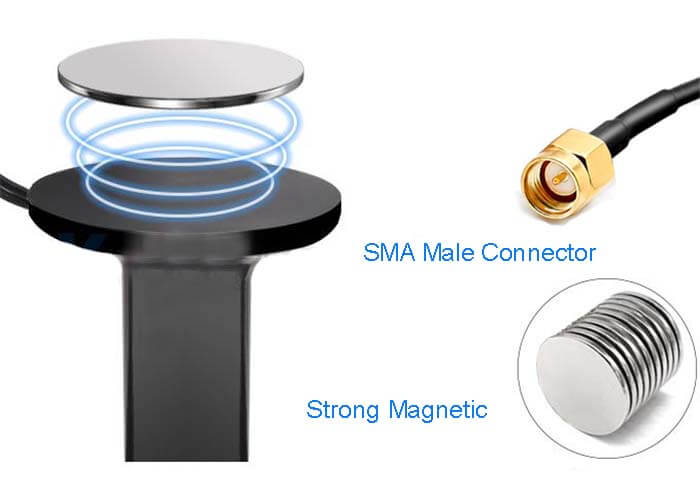
High-performance 4G 5G Car Antenna Vehicle Antenna Applications


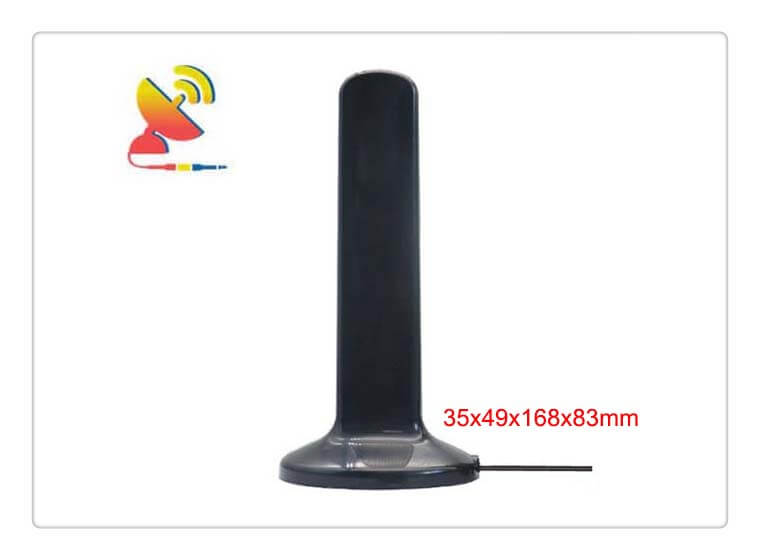
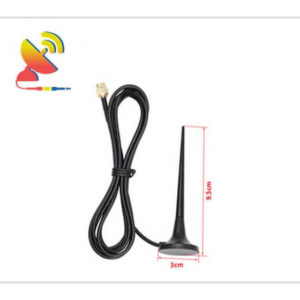
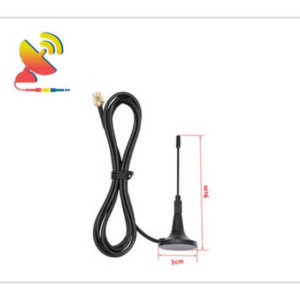
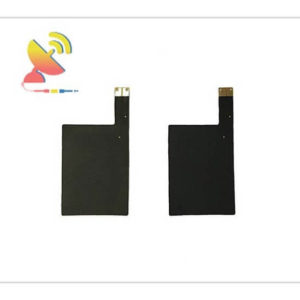
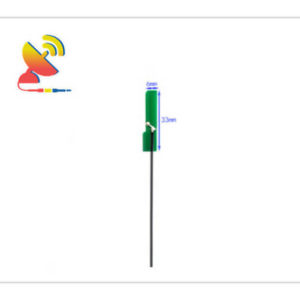
Reviews
There are no reviews yet.